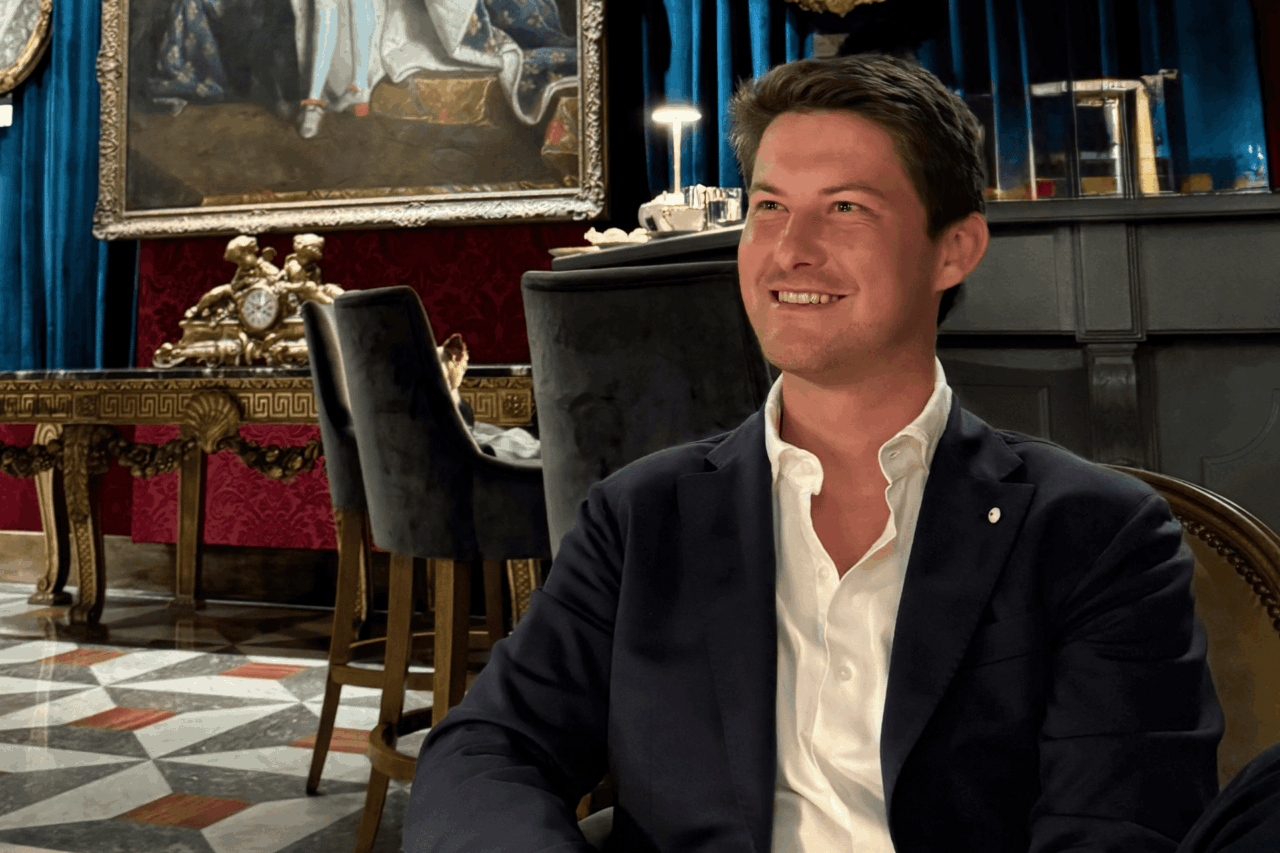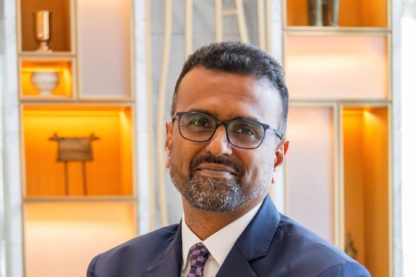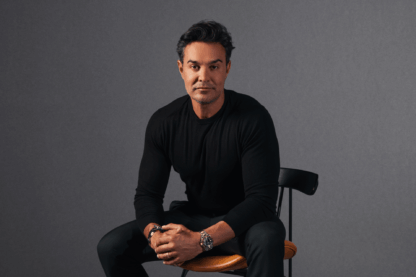In an era where technology often feels at odds with exclusivity and craftsmanship, Trifork is pioneering a fresh approach, melding deep tech expertise with a design-driven mindset to elevate luxury beyond convention. Alexander Chetchikov, President of WLCC, sat down with Erik M. Nilsen, CEO of Trifork Spain, to explore how AI, spatial computing, and voice technology are not just streamlining operations but reshaping how luxury brands connect with their most discerning clients.
From hyper-personalized experiences to privacy-conscious innovation, this conversation offers a compelling glimpse into the future where technology enhances, rather than replaces, the human touch in luxury.
Alexander Chetchikov: To begin, could you share how Trifork helps companies leverage emerging technologies and how that approach might translate into opportunities for the luxury industry, especially with AI?
Erik M. Nilsen: At Trifork, we are all about building smart digital solutions by combining deep tech expertise with a creative, design-driven mindset. We help companies make the most of emerging technologies (like AI, IoT, and spatial computing) not just to run things more efficiently, but to rethink how they connect with people. In the luxury world, that might mean using AI to create more personalized experiences, anticipate what clients need, and make interactions feel seamless across both digital and physical spaces.
We’ve seen this work across industries. For example, with Porsche, we explored how immersive tech like Apple Vision Pro could create entirely new customer experiences. And with Swiss International Air Lines, we built an in-flight app that gives crew members real-time insights into passenger preferences, making the service feel more personal and intuitive. These kinds of projects show how tech can elevate the customer journey without losing the human touch.
AC: Turning to the luxury sector specifically, how do you see voice AI transforming customer service, and what impact could it have on the overall client experience?
EMN: Voice AI has a lot of potential to elevate luxury service. Sure, it might not capture every nuance of a human conversation, but it’s consistent, remembers every interaction, and doesn’t have off days. At this point, it can feel more like talking to a trusted advisor than a chatbot. Imagine asking for something in your own words and getting a response that is helpful and tailored to you. That’s powerful, especially in luxury, where time and discretion are everything.
That said, it’s important to get it right. We’ve all had frustrating experiences with voice systems that don’t solve our problems. That’s why it’s crucial to do the groundwork before rolling it out. For instance, in our work with Topdanmark, we helped implement a voicebot that significantly improved customer satisfaction by actually resolving issues, not just routing calls. That kind of success comes from deep domain knowledge and careful design.
AC: In your view, what are some of the most promising – or perhaps underexplored – use cases of AI that could redefine luxury, whether in retail, hospitality, real estate, or other segments?
EMN: One really exciting area is predictive personalization. Using AI not just to react to what people do, but to anticipate what they might want next. In hospitality, that could mean preparing a room based on a guest’s mood or past preferences. In real estate, it might be about showing properties that match someone’s lifestyle, not just their budget.
We’ve also seen how generative AI can play a role in co-creating custom products or experiences with clients. And when you combine that with spatial computing, the possibilities are huge. Imagine designing your dream car, home, or yacht based on who you are, and being able to walk through it virtually before it’s even built. We’ve explored similar ideas with clients in automotive and architecture, and the feedback has been incredibly positive.
AC: Luxury clients value both personalization and privacy. How can AI help brands strike the right balance between hyper-personalization and the discretion their clientele expects?
EMN: That balance is everything. In luxury, trust and discretion are non-negotiable. AI can help deliver more personalized experiences, but only if it’s done thoughtfully. It’s about making things feel effortless and respectful, not invasive. That means being intentional with how data is used and always putting the customer’s comfort first.
At Trifork, we’ve worked with clients in finance and healthcare – two of the most privacy-sensitive industries – and we’ve learned that responsible innovation starts with empathy and transparency. For example, in our work with GROOT, a digital health platform, we helped design a solution that’s both highly personalized and deeply respectful of user privacy. That same mindset applies perfectly to luxury.
AC: Can you share any standout examples – either from Trifork’s work or the broader tech landscape – where AI has meaningfully elevated a premium customer journey?
EMN: One that stands out is our work with Swiss International Air Lines. We built a smart in-flight service app that gives cabin crew real-time access to passenger preferences, like meal choices, language, and even when they prefer to be served. It makes the whole onboard experience feel more personal, especially in business class, where expectations are high.
What’s also great is how the app helps reduce waste. It uses data and AI to better predict meal demand, so there’s less food waste and fewer disappointed passengers. It’s a win-win: better service and more sustainable operations. For a brand like SWISS, which is all about quality and precision, this kind of innovation reinforces its premium feel.
AC: For luxury brands still hesitant about adopting AI, what do you see as the biggest missed opportunity?
EMN: The biggest miss is thinking of AI as just a disruptor, instead of a way to strengthen what makes a brand unique, and even speed up the sales process. When used right, AI can deepen emotional connections, streamline operations, and unlock new creative possibilities.
And let’s be honest – today’s customers are more informed than ever. They’re doing their research online before they even step into a store. If brands can connect that online journey with the in-store experience, so it feels like one continuous conversation, that’s where the magic happens. We’ve helped clients in retail and banking do just that. For example, in a recent project with a luxury retailer, we helped bridge the gap between digital browsing and in-store service, creating a seamless, high-touch experience that customers loved.
AC: Finally, looking ahead: how should luxury brands think of AI not just as a tool, but as a creative and strategic partner in crafting future-ready, high-touch experiences?
EMN: Luxury is about emotion, storytelling, and identity. AI can be a creative partner in that journey, helping brands design experiences that are not just personalized but meaningful. Whether it’s immersive digital spaces, curated collections, or smarter service design, the future of luxury will be shaped by how well we blend human creativity with intelligent technology.
At Trifork, we’ve seen this firsthand in projects where AI helped brands not only improve service but also unlock new ways to express their identity. It’s not about replacing the human touch—it’s about amplifying it in ways that feel authentic and unforgettable.
Closing Thoughts:
As luxury brands stand at the crossroads of tradition and transformation, Erik M. Nilsen’s insights make one thing clear: AI is not the enemy of exclusivity but its new creative partner. When wielded with empathy, precision, and respect for privacy, technology can amplify the emotional storytelling and impeccable service that define true luxury. The future belongs to those who embrace AI not merely as a tool but as a strategic ally, crafting experiences that are as intelligent as they are unforgettable. For brands ready to blend art with algorithms, the opportunity is limitless.





